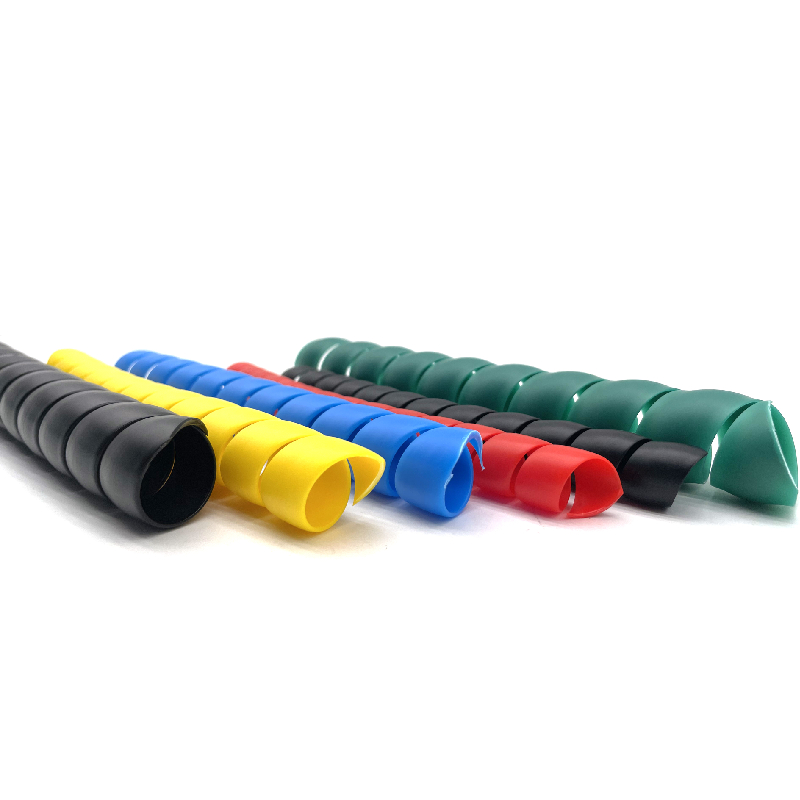types of gi pipe coupling
Types of GI Pipe Couplings A Comprehensive Overview
Galvanized iron (GI) pipes have become a popular choice in various industries due to their durability, corrosion resistance, and cost-effectiveness. A critical component in the installation and maintenance of these pipes is the coupling, which connects two pipe segments securely while allowing for the expansion and contraction that can occur due to temperature changes. This article will explore the different types of GI pipe couplings, their uses, and advantages.
1. Plain Couplings
Plain couplings are one of the most basic types of pipe couplings used in GI pipe systems. They consist of a short length of pipe, typically with the same diameter as the GI pipes being joined. Plain couplings are used to connect two pieces of pipe, allowing for straight connections without any necessary adjustments in length. They are ideal for applications where the pipes are of identical diameter and require minimal modification. The installation is straightforward, requiring welding or threading at the ends of the coupling to create a tight seal.
2. Threaded Couplings
Threaded couplings provide a robust solution for connecting GI pipes, as they allow for quick assembly and disassembly. These couplings feature internal threads that match the external threads on the pipe. This connection method is advantageous in settings where maintenance or modifications are frequent. Threaded couplings also provide a reliable seal against leaks, making them suitable for various applications, including plumbing and industrial systems.
Socket weld couplings are widely used in high-pressure applications due to their strong and durable connections. These couplings involve inserting the pipe end into the socket of the coupling and then welding around the joint. This method creates a strong bond that can withstand significant stress and pressure. Socket weld couplings are commonly used in industrial piping systems, chemical processing, and water supply systems due to their reliability and leak-proof nature.
types of gi pipe coupling

4. Flanged Couplings
Flanged couplings consist of two flat surfaces, each with a flange that is bolted together to create a secure connection between two GI pipes. This type of coupling offers several advantages, including easy disassembly for maintenance and the ability to accommodate slight misalignments between pipes. Flanged couplings are particularly useful in larger piping systems where access for cleaning or replacement is necessary. They are commonly found in water treatment facilities and HVAC systems.
5. Expansion Couplings
In applications where thermal expansion and contraction are significant, expansion couplings are essential. These couplings are designed to absorb the movement caused by temperature changes, ensuring the integrity of the piping system. Expansion couplings allow for lateral movement and can prevent the pipes from bending or breaking under stress. They are commonly used in long runs of piping, especially in outdoor installations where temperature variations can be pronounced.
6. Compression Couplings
Compression couplings are versatile and easy to use, as they do not require any welding or threading. These couplings use a rubber gasket and tightening nuts to create a secure connection. They are often employed in plumbing applications where space is limited or where a temporary connection is needed. Compression couplings are favored for their simplicity and ease of installation.
Conclusion
Choosing the right type of GI pipe coupling is crucial for ensuring the efficiency and longevity of piping systems. Each type of coupling has its unique advantages and applications, from plain and threaded couplings for standard connections to expansion and compression couplings for specialized needs. Understanding these options allows engineers and technicians to select the most suitable coupling, leading to safe and effective piping installations. Properly installed couplings can significantly reduce maintenance needs and ensure that a piping system operates smoothly for years to come.
-
Ultimate Spiral Protection for Hoses & CablesNewsJun.26,2025
-
The Ultimate Quick-Connect Solutions for Every NeedNewsJun.26,2025
-
SAE J1401 Brake Hose: Reliable Choice for Safe BrakingNewsJun.26,2025
-
Reliable J2064 A/C Hoses for Real-World Cooling NeedsNewsJun.26,2025
-
Heavy-Duty Sewer Jetting Hoses Built to LastNewsJun.26,2025
-
Fix Power Steering Tube Leaks Fast – Durable & Affordable SolutionNewsJun.26,2025

